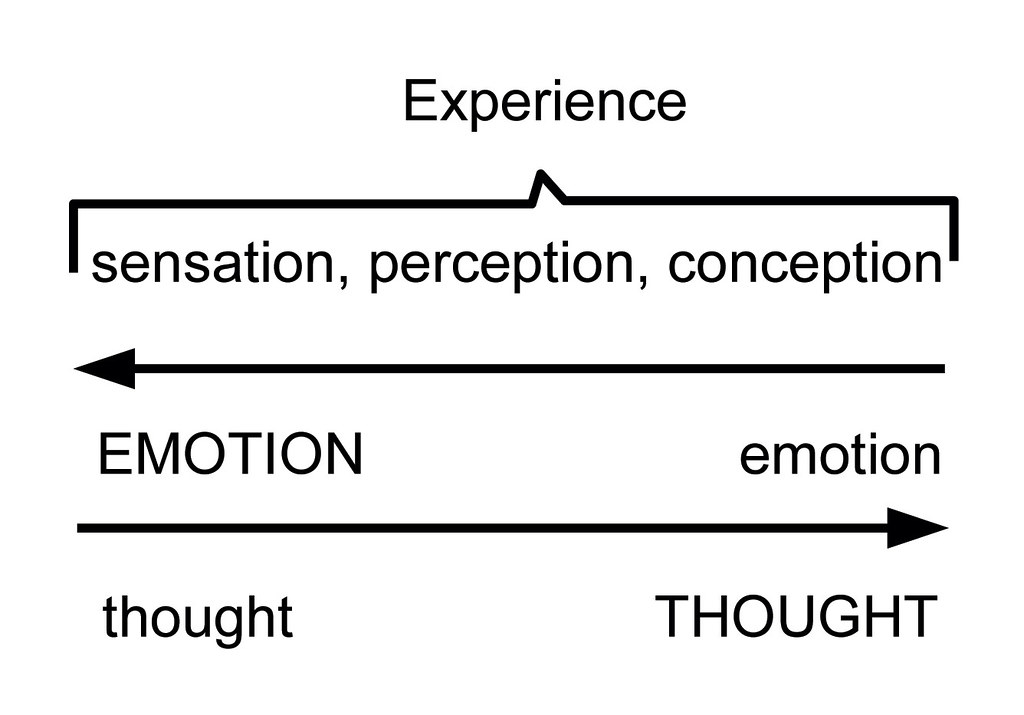Section = 005_8
Scattered OASES OF UCHI
“there are always little gaps, holes, places that can be transformed into small oases.”
(McKay, 2011:187)
“People do not identify with a place unless they feel they own it in some way. For that to occur, they must take emotional ownership. …this is only possible if there is a shared feeling of love for the physical object……If we love something, we care to preserve it. We can love something that is not exclusively ours, and then it becomes a common good. Much of the time, we love something that we have participated in personally creating” (see e.g. Salingaros, 2010a, Section 11).
Not City-vs-Nature. Not Public-vs-Private (Srivastava and Echanove, 2008)
“The concept of territory is basic to the home environment…” (Oscar Newman, quoted in Wilsher and Righter, 1975:94)
As people move, traverse, build and break (structures and relationships), are born, and pass away the personal impacts (motivations) of gardening extend over axes of time (immediate/long-term) and function (practical/emotional) (Figure 1): Social Norms “Everyone has a garden around here; It’s what we do”; Tradition – “My grandparents and parents cared for this garden”; Memory – “I got this plant on a trip to Kamakura, and this one was given to me by my daughter”; Community – A starting point for discussions and friendship; Being out on the street tending the plants fosters daily interaction and communication; Affordability – “It’s a cheap and fun hobby”; Practicality – Privacy, Shade, Food; Beauty – Visual qualities; Mutual Independence – Like a pet, or child; Pleasure – Scent, Taste, Fun etc….. In all cases, cherished, as beloved objects[1].
Figure 1: Personal Impact of Urban Green Space
(The relations between the human being and the artifact:[2])

(based on interviews and informal chats with Tokyo gardeners, and discussion in Jonas, 2007:26-7. Prepared by Chris Berthelsen and Jared Braiterman for Tokyo-DIY-Gardening city mapping workshop, August, 2010)
Tokyo gardening is not the manipulation of nature as consolation (Di Francia, 1982:233) but experience thorough which humans know and construct their reality, from direct microperception[3] (immediate, emotional) – senses of smell, taste and touch to active visual perception, and modes of symbolization (long term) that are context informed (macroperception[4]). Here emotion and thought are the two ends of an experiential continuum (see Figure 2) which forms a way of knowing, and recognizes that feeling and sensory impact is not discrete but a shifting stream of experience woven and substantiated by memory and anticipation (Tuan, 1977:8-10).
Alterity relations of anthropomorphic nature exist in the daily life of gardening in the city; plants come close to ‘genuine others’[5] in possessing a kind of independence while giving rise to interaction. Further, in background relations gardens (especially those of others or unknowns) shape the context of our experience of the city in a way that is not always consciously experienced (the reason why some areas or streets are just nice to stroll through, are walkable, safe, vibrant etc)[6].
[1] Cacciari (1980:4) discussing Eupalinos’ conception of dwelling.
[2] Verbeek (2005).
[3] Ihde. See Verbeek, 2005: pt4
[4] Informed by cultural context. Note that the two are intertwined. There is no microperception without its location within a field of macroperception and no macroperception without its microperception. Ihde, as above.
[5] More so than pianos, automated ticketing machines, or automobiles, for example.
[6] Above discussion of relations based on Idhe, discussed in Verbeek, 2005:122-8.
